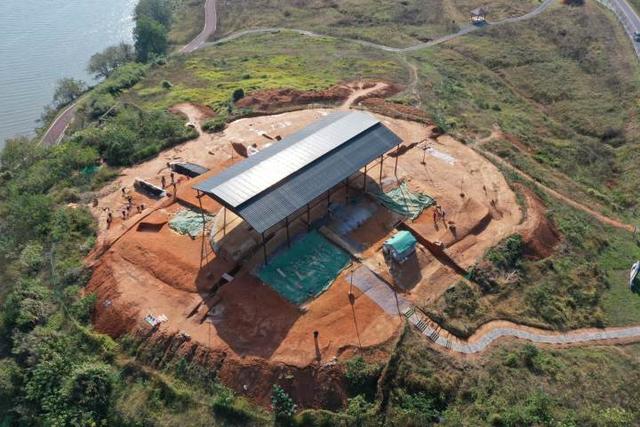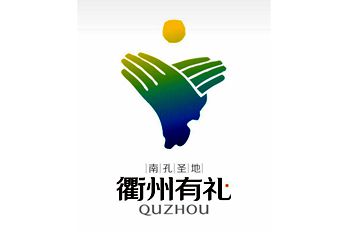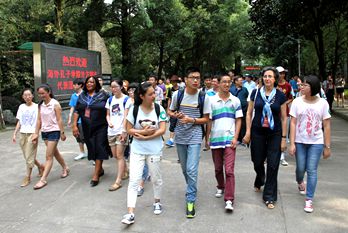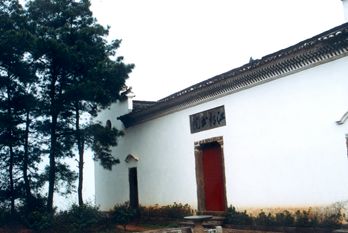Millennia-old tombs bring Zhou treasures back to life

This 3,000 year-old mound tomb is yielding fascinating secrets from the distant past. It was excavated in Quzhou and can be traced back to the Western Zhou Dynasty (c.11th century-771 BC). [Photo/zjrb.zjol.com]
The Zhejiang Provincial Cultural Relics Archaeological Research Institute has completed the excavation of several large mound tombs – located in the Qujiang district of Quzhou city, in East China's Zhejiang province – and preliminarily findings have determined that they date to the Western Zhou Dynasty (c.11th century-771 BC).
As early as in 1983, the province's cultural relics department discovered there were multiple mounds at the confluence of the Qujiang and Miaoyuan rivers. In 2018, a large number of funerary objects – including bronze horses, swords, arrowheads and other weapons and tools – were unearthed in the area, in Yunxi township.
To date, hundreds of precious cultural relics – such as jade, stone, porcelain and bronze items – have been unearthed. The Mengjiang No 3 mound, the largest tomb which has yielded the most unearthed cultural relics, is about 14 meters long and 7.8 m wide.
According to Zhang Min, a researcher at the institute, the mound tombs were the highest grade of tomb in the ancient country of Gumie and are also known as the royal cemetery.
The Gumie clan, originating from ancient North China, moved south and settled in Quzhou during the Spring and Autumn Period (770-476 BC) and it merged with the Huaxia nationality after the migration.

 City brand logo - fist-and-palm salute
City brand logo - fist-and-palm salute Confucianism on campus
Confucianism on campus The culture of the academy
The culture of the academy